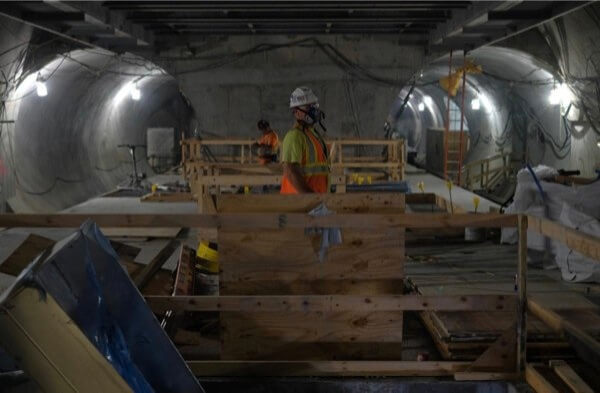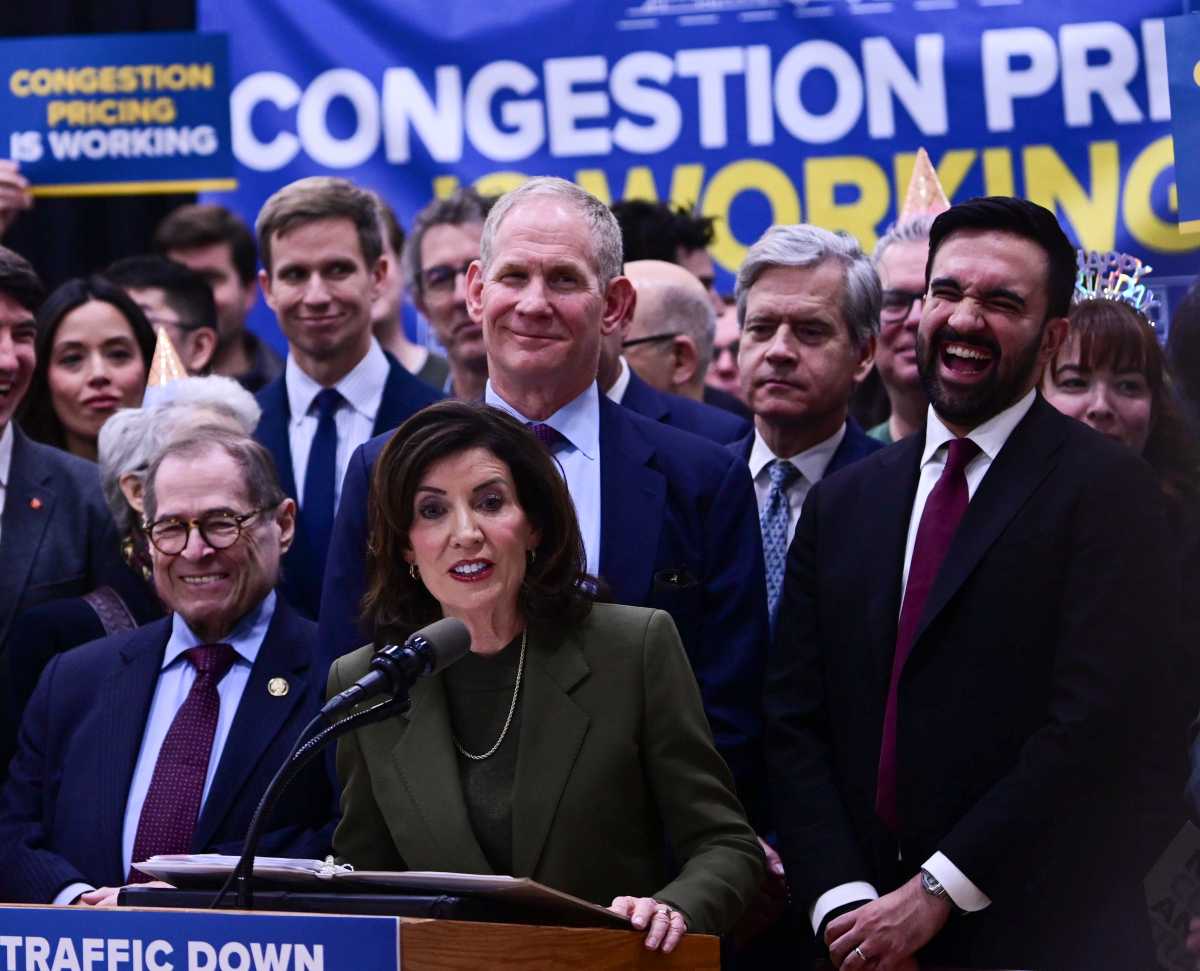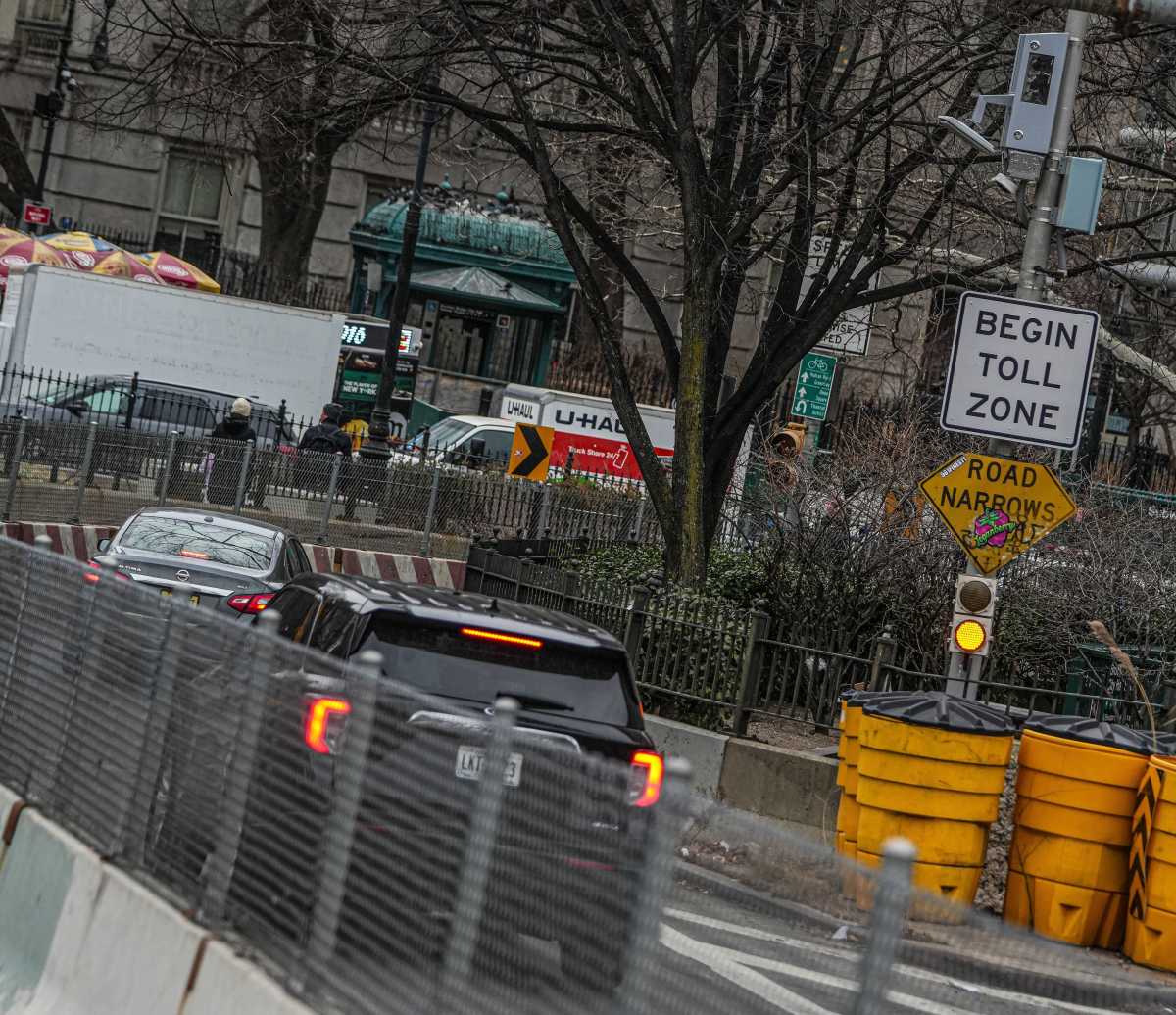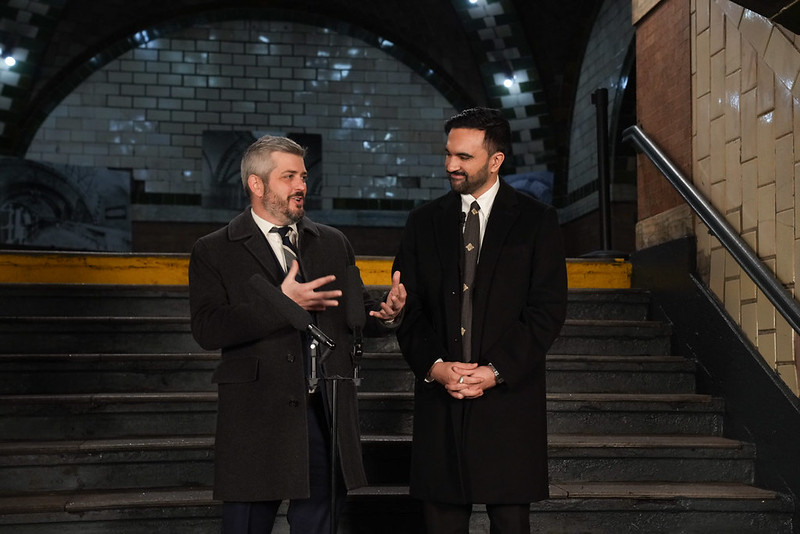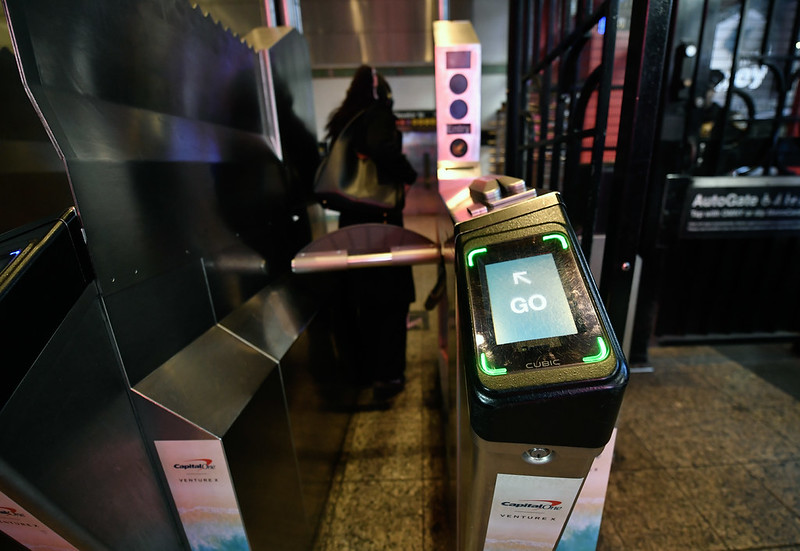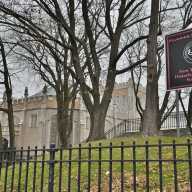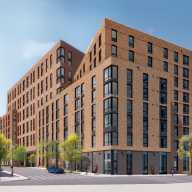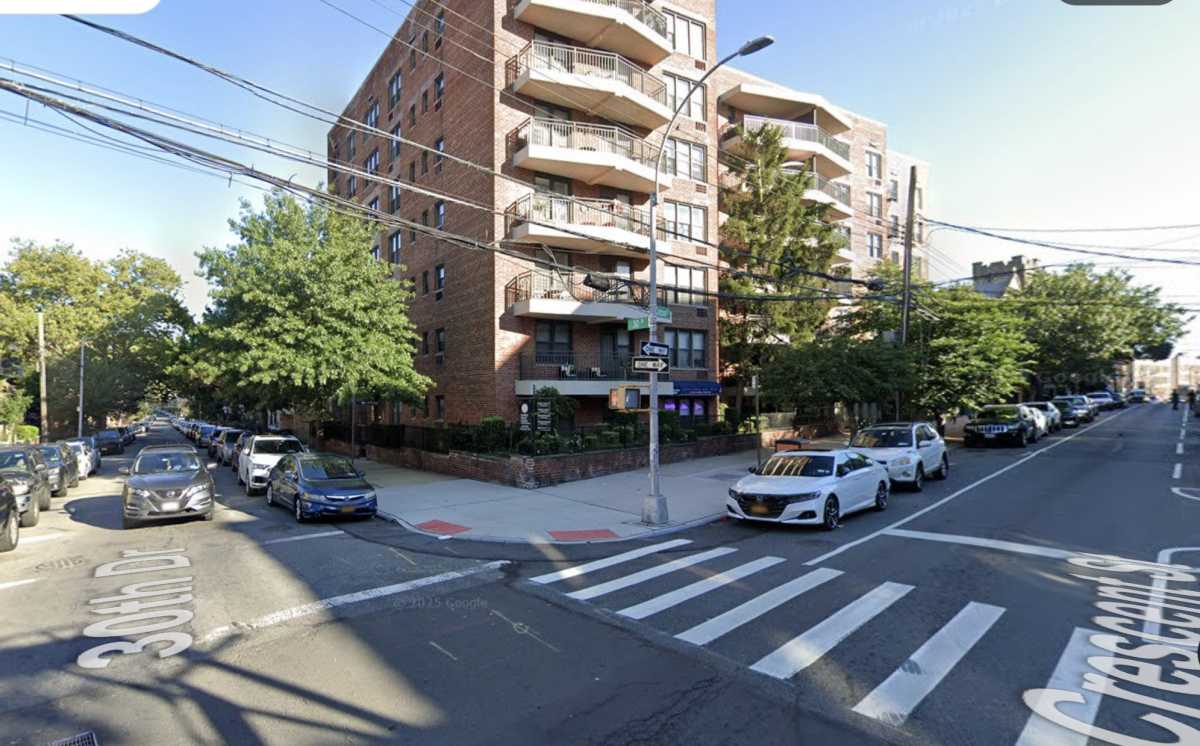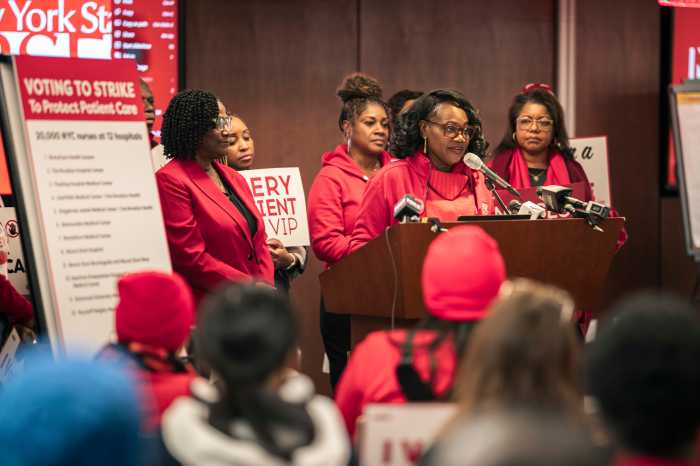By Mark Hallum
East Side Access has been a topic of discussion for transit planners since the 1950s, but not only do over eight miles of tunneling now exist for LIRR commuters lines to reach Grand Central Station, the Long Island Rail Road terminal is inching toward completion as well.
In an Aug. 9 tour with MTA officials, TimesLedger Newspaper was given a look at the future concourses, escalators and platforms that Queens and Long Island residents will one day be using to commute into Manhattan.
East Side Access is a transformational $11 billion project for the Long Island Rail Road and is expected to expand capacity, or the number of trains able to run on the system, by 45 percent. While the MTA is still seeking bids to complete the opening of the tunnel on the Queens side, located in Sunnyside Yards near Harold Interlocking, hundreds of feet of track have been moved in order to accommodate the new routes under the East River.
Although the last of the Sand Hogs, a special breed of worker who specializes in underground tunnel work, left the project zone two weeks prior to the tour, the work continues with the building out of the terminal, which is expected to host an extra 160,000 commuters per day.
Up to 160 feet below where New Yorkers are hustling on the street level, hundreds of construction workers are installing electrical systems to provide amenities such as lighting and air conditioning, lining the walls with marble to maintain the character of Grand Central and building escalators from the top of dizzyingly sloped corridors for installation.
Currently the largest infrastructure project underway in the United States, East Side Access links Manhattan and Queens by two tunnels. About 1.5 million cubic yards of “muck,” or what Sand Hogs refer to as debris, was carted out through the Queens side of the tunnels.
Harold Interlocking currently hosts up to 750 train movements per day, according to MTA’s president of Capital Construction, Michael Horodniceanu.
The MTA refers to East Side Access into Grand Central as a “gateway” after the Hudson River tunnels were damaged during Hurricane Sandy and two of the four existing East River tunnels used by the LIRR were completely flooded in the 2012 disaster.
Although the structures of the East River tunnels, built a century ago, are in good shape after the hurricane, the electrical and other systems are in need of a full overhaul, similar to what is scheduled to take place on the Canarsie tunnel that will see the L train partially shut down for about a year.
The MTA will be flood-proofing the new East Side Access tunnels at points of vulnerability to prevent future disasters from having such a profound impact.
Scheduled for opening in 2022, the East Side Access project is funded by both the MTA’s five-year capital plan and federal grants.
Reach reporter Mark Hallum by e-mail at mhall

